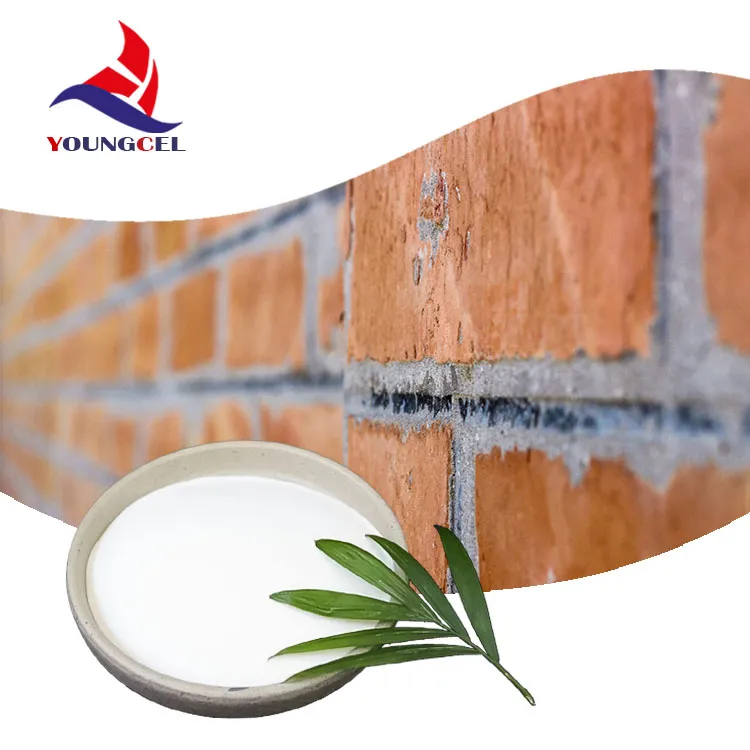Understanding the Viscosity of HPMC Applications and Importance
Hydroxypropyl Methylcellulose (HPMC) is a versatile and widely used polymer in various industries, including pharmaceuticals, food, and construction. One of the key properties of HPMC is its viscosity, which plays a crucial role in its performance and application. In this article, we'll delve into the significance of HPMC viscosity, how it is measured, and its impact on different industries.
What is HPMC?
HPMC is a semi-synthetic polymer derived from cellulose, a natural polymer found in the cell walls of plants. By chemically modifying cellulose, HPMC gains distinct properties that make it suitable for multiple applications. This non-ionic, water-soluble polymer is odorless, tasteless, and has excellent adhesion properties, which makes it a preferred choice for formulating various products.
Importance of Viscosity
Viscosity is a fundamental property of fluids that describes their resistance to flow. The viscosity of HPMC solutions can vary significantly depending on several factors, including the concentration of the polymer, temperature, and molecular weight. The viscosity of HPMC is critical in determining the behavior of formulations, affecting everything from flow characteristics to stability and release properties.
In pharmaceutical applications, for instance, the viscosity of HPMC affects the drug release rate from tablets and gels. A higher viscosity can slow down the release of active compounds, which may be desirable for sustained-release formulations. Conversely, lower viscosity might be needed in situations where rapid dissolution is required. Understanding and controlling HPMC viscosity is essential for formulators to achieve the desired therapeutic outcomes.
Measurement of Viscosity
To understand the viscosity of HPMC, it is essential to measure it accurately. Viscosity measurements are typically performed using rheometers or viscometers, instruments designed to assess the flow characteristics of fluids. The results of these measurements can be expressed in several ways, including absolute viscosity (in centipoise or mPa·s) or kinematic viscosity (which takes into account the density of the fluid).
hpmc 200000 viscosity

Different grades of HPMC exhibit different viscosities, and this variability allows formulators to select the appropriate grade for specific applications. For instance, low-viscosity grades are ideal for applications requiring easy handling and rapid dispersion, while high-viscosity grades are suitable for stabilizing suspensions and emulsions.
Applications of HPMC Viscosity
The viscosity of HPMC has broad applications across various sectors
1. Pharmaceuticals HPMC is frequently used as an excipient in drug formulations. Its viscosity influences the consistency of gels and pastes, enabling controlled release of active ingredients for various dosage forms, including tablets and syrups.
2. Food Industry In food products, HPMC acts as a thickening agent, stabilizer, and emulsifier. Its viscosity ensures the right texture and mouthfeel in sauces, dressings, and baked goods. It also helps in reducing fat content while maintaining creaminess.
3. Construction HPMC is employed in the production of cement, tile adhesives, and dry-mix mortars. Its viscosity plays a critical role in improving workability, water retention, and adhesion, contributing to the overall performance and durability of construction materials.
4. Cosmetics In the cosmetic industry, HPMC’s viscosity controls the texture and spreadability of creams and lotions. It provides a smooth application while ensuring that the product remains stable and effective over time.
Conclusion
The viscosity of HPMC is a vital characteristic that influences its versatility and effectiveness across various industries. By understanding how to manipulate and measure viscosity, manufacturers can tailor their products to meet specific needs and achieve the desired performance. As industries continue to evolve, the role of HPMC and its viscosity will remain significant, providing functional solutions and enhancing product quality in countless applications.




